One of the great positives emerging from the mySchool website has been the discussion which has been generated.
With a range of people via Twitter, in meetings, and wherever; there has been plenty of talk happening. Lots of the talk, from people outside of teaching, is supportive of the website. Some well written pieces have appeared, in the mainstream press, from respected writers who can’t all necessarily be part of the misguided fringe of parents and others who seek to know more about the measures which form part of school performance evaluation.
Rather than feeling under siege, educators should feel empowered to enter fully into the debate. In so doing, however, the rules of debate need to be accepted and the possibility of an opposite argument gaining the ascendancy be acknowledged.
On a few separate occasions last week when I met with people from a range of community based organisations, they expressed incredulity at the outrage being expressed. We hear about Metherell, yet fail to focus on the fact that we are talking about 20 years ago. Think about it. The thermal paper fax machine was the ‘must have’ for a modern office. It was a year before George Bush Senior invaded Iraq the first time. I was publishing a school newsletter on a Mac with no hard drive and a 1.44mb disk as a backup. Bob Hawke was still Prime Minister.
The list could go on and on. Couple this with the massive shifts we have collectively made in what we believe about the extent of fundamentalism in the world, which is willing to promote prevalence of culture and/or religion as the primary goal. Then, remember the huge shifts in a world where the internet provides the capacity for a ‘dichotomy of connectedness’ and the potential for the asking of key questions like: ‘what do we all need to commonly agree upon if we want humanity to continue?”
I don’t recall that we thought about China, or anticipated the current potential make up of the World Cup Finals back in Terry Metherell’s day.
Maybe it is time for us to really reflect on our paradigms.
Does the ‘common wisdom’ of the 70’s, which was so vehemently guarded at the start of the 90’s by a cohort of baby boomers now nearing retirement, actually stack up against the intent, from millions of users, to see what they could see on the mySchool site.
Funnily enough, though, the sky is still up there and, for people like me who work directly with the schools involved, we know that we will continue to look for ways that we can do the best to identify capacity, develop capabilities and then, demonstrate competencies, in a plethora of ways, across an open horizon of possibility.
Much of the rhetoric around the ‘moral core’ of the argument has promoted a view that we, as the educational professionals, must assert out faith in our practice and expect that people without the esoteric knowledge of the educational professional defer to our opinion.
Our best way forward is through moving from tweaking what is: ‘school planning’; to having significant dialogue at all levels about ‘planning school.’
We could, if we chose to, use this opportunity to really engage with the simple questions about “planning school.” What is it? Who is it for? What happens there? Why? etc etc. Up until now we’ve tended to accept the parameters of ‘school’ and look for incremental gains. Imagine if we could leverage a fundamental community paradigm shift by encouraging and participating robustly in the debates. Wouldn’t that be a good thing?
There are, after all, basically 3 key influencers for being able to be a great and engaged learner:
· Genetics
· Attitude
· Affective teaching
A school should be about providing an attitudinal context and common value platform which quietly believes that it’s OK to want to have more opportunities than the past: life’s like that.
Change is a constant within all of nature: some cyclical, some cataclysmic.
So, let’s look back at an oft quoted piec:
Mount Druitt High School
On 8 January 1997, the Telegraph published the headline, “The class we failed” concerning was the Year 12 class at Mount Druitt High School in outer Western Sydney in which no student scored a Tertiary Entrance Rank (TER) above 50 (the top mark is 100). Although the article made clear that the newspaper believed that the state had failed the students, many accused the Telegraph of branding the students themselves as failures and showing a full year photo identifying students.
The story led to a renewed focus on the quality of public schools in Western Sydney and precipitated several reviews of schooling in the area.[5] But for many, the headline highlighted problems with interpreting Higher School Certificate results and the accompanying TER.[6]
The students successfully sued the newspaper in the Supreme Court for defamation. The Telegraph subsequently apologised and settled for damages out of court.[7] The published apology stated:
“In that story The Daily Telegraph suggested, among other things, that the students in the class of 1996 failed their HSC. This is wrong and The Daily Telegraph withdraws any such suggestion. The Daily Telegraph also withdraws any suggestion that those students acted without discipline or commitment in their HSC studies. The students in the HSC class of 1996 successfully completed their HSC and contrary to the suggestions in the original article many of those students performed very well scoring high marks in the HSC. The Daily Telegraph apologises to each student in the class of 1996 at Mt Druitt. It also apologises to their parents and friends for all the hurt, harm and suffering it has caused them.[7]”
Later, criticising defamation laws, News Limited CEO John Hartigan said that
“The words in the story pointed to deep-seated problems within the education system, but a barrister convinced the jury that, regardless of the words before him, what we really meant to say was that the entire class was too stupid to pass the HSC.”[8]
http://en.wikipedia.org/wiki/The_Daily_Telegraph_%28Australia%29
We are now in the second decade of the 21st century. Even the oldest students in our schools hadn’t been born when Terry Metherell was so disliked, and where the scaremongering and phantoms of nepotism generated about local selection were laid. Twenty years on.
Wow, I still had dark hair then, and pre-schoolers.
 withdraw its support for a system whereby doctors trained overseas, or overseas citizens who train in Australia, need to spend 10 years in rural and regional locations before being able to practise in major metro centres.
withdraw its support for a system whereby doctors trained overseas, or overseas citizens who train in Australia, need to spend 10 years in rural and regional locations before being able to practise in major metro centres.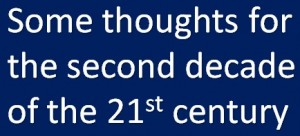 With the 2010 school year about to start, I thought I’d dust off some concepts and ideas from past years and put them together to focus some thinking on what proactive schools might be doing in the next little while. It only takes some reading from Twitter posts and elsewhere to see that the operating environment continues to evolve at an exponentially growing rate. This
With the 2010 school year about to start, I thought I’d dust off some concepts and ideas from past years and put them together to focus some thinking on what proactive schools might be doing in the next little while. It only takes some reading from Twitter posts and elsewhere to see that the operating environment continues to evolve at an exponentially growing rate. This 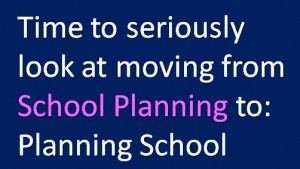
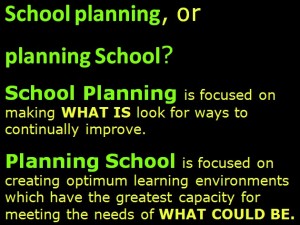
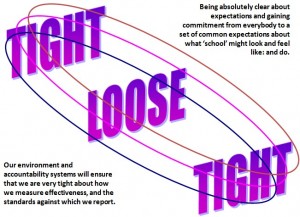
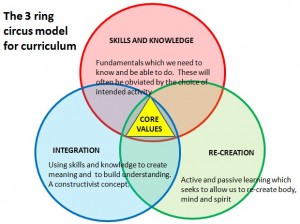



Recent Comments